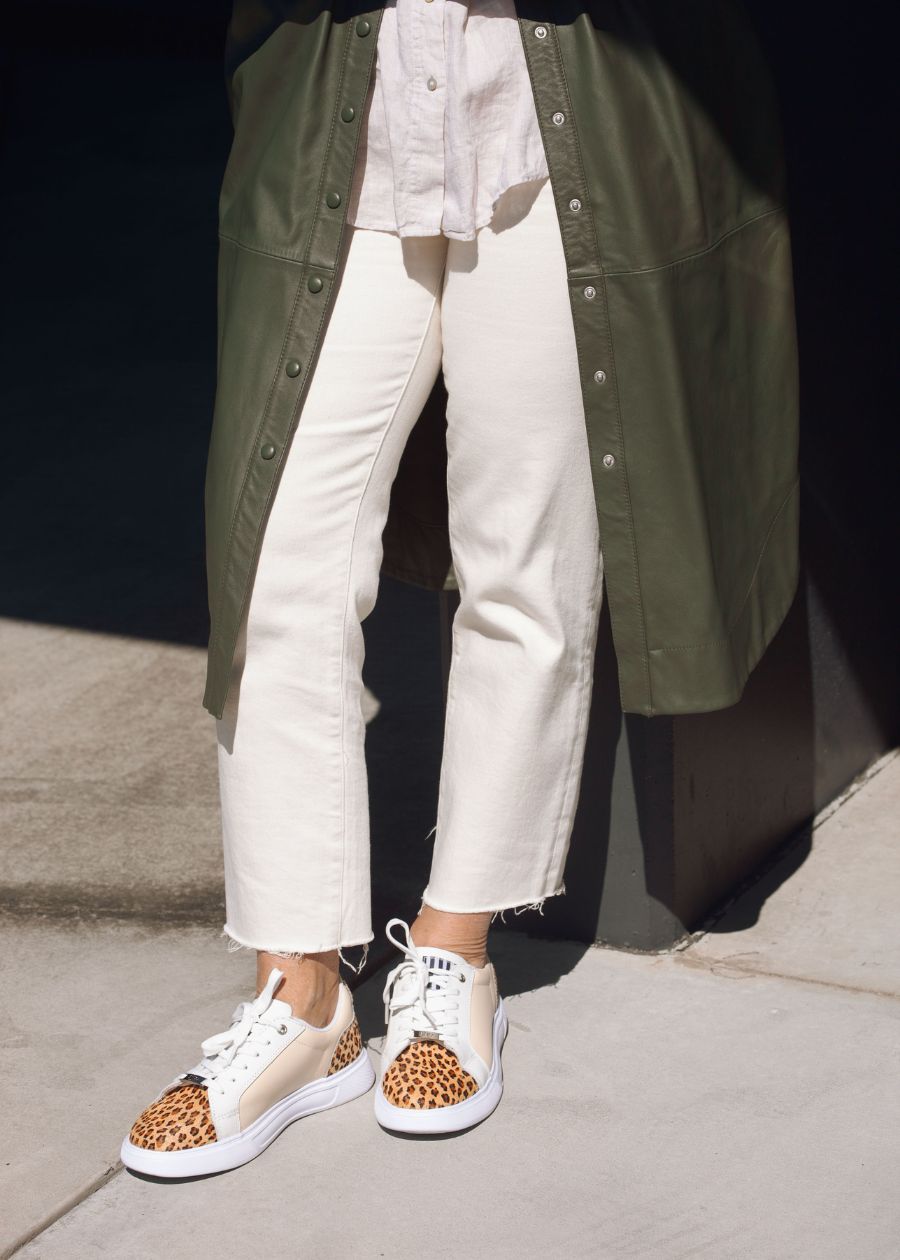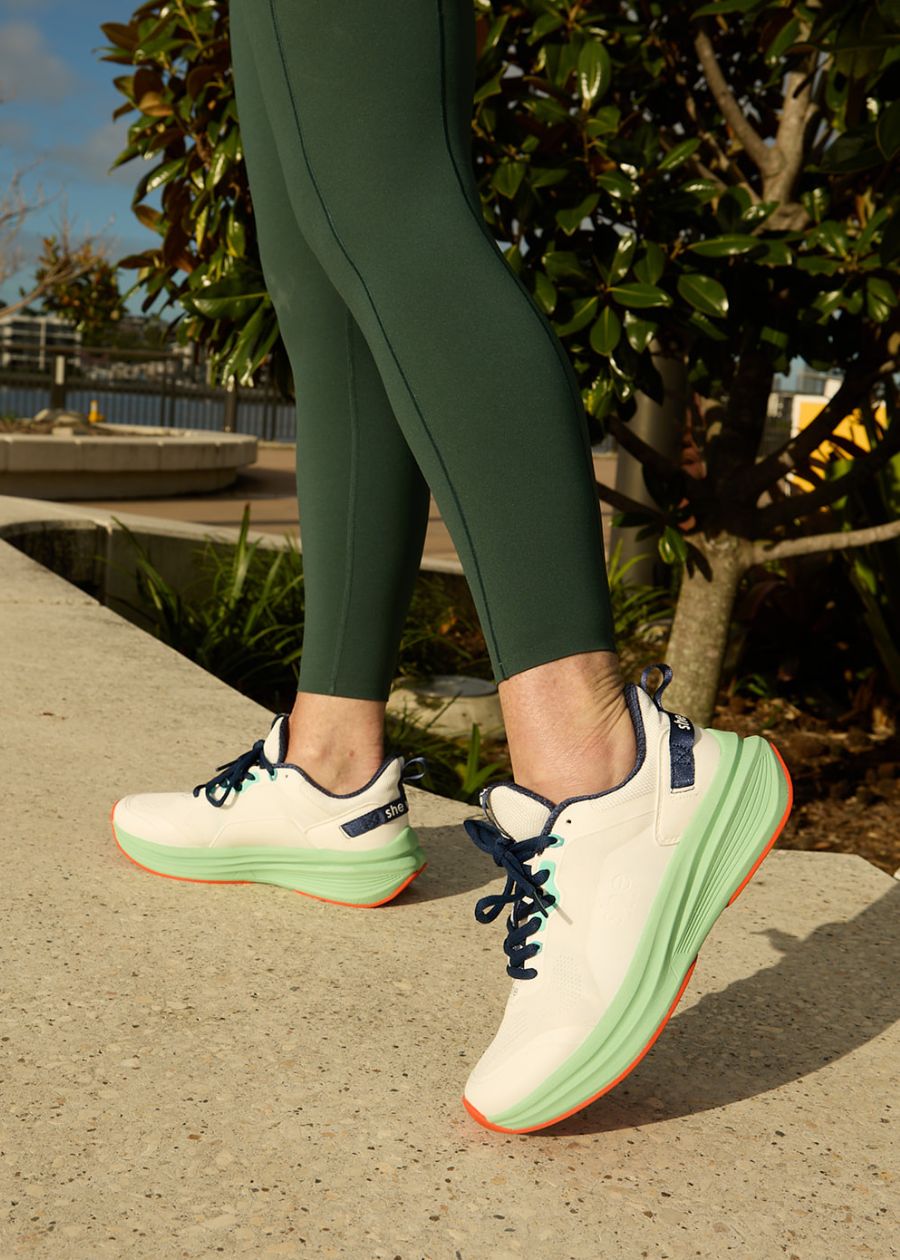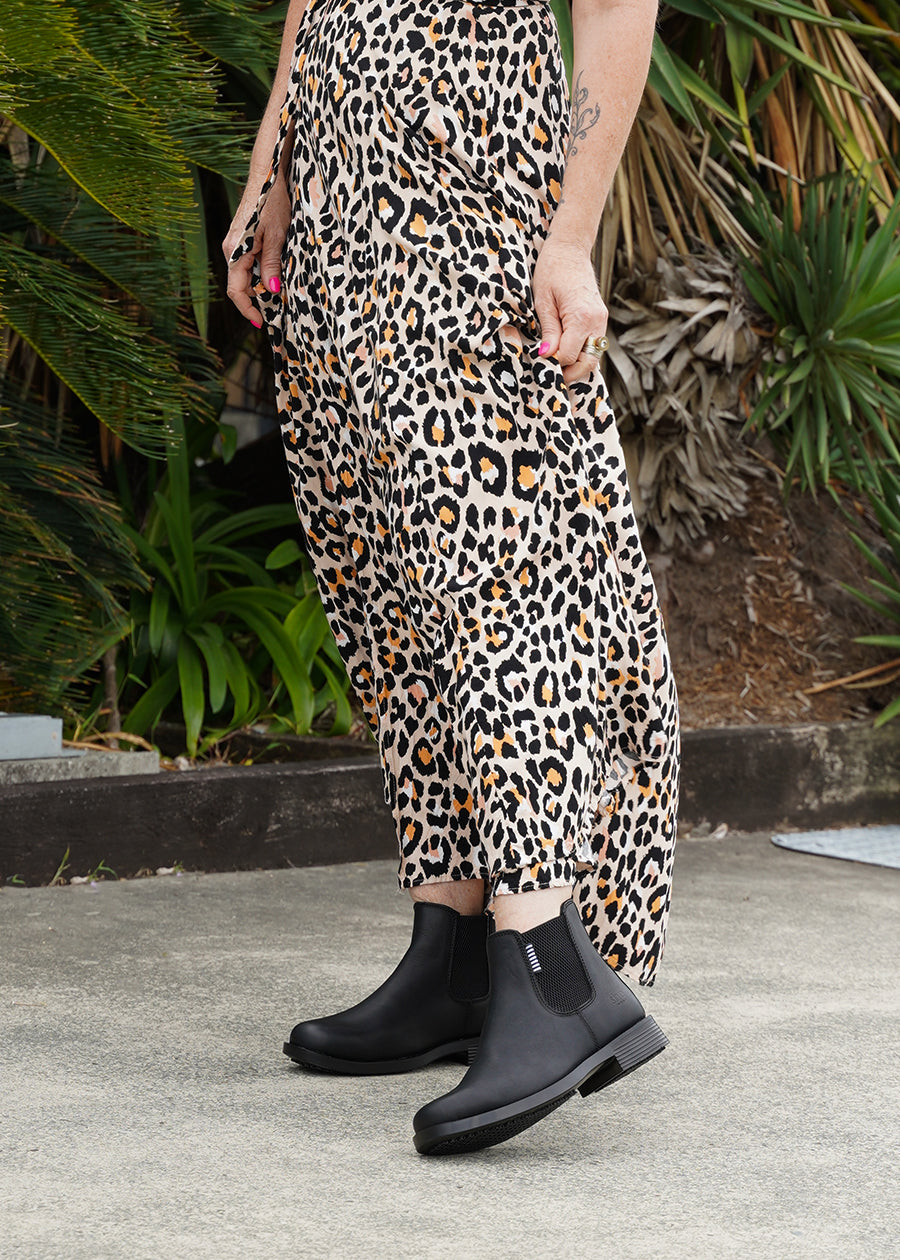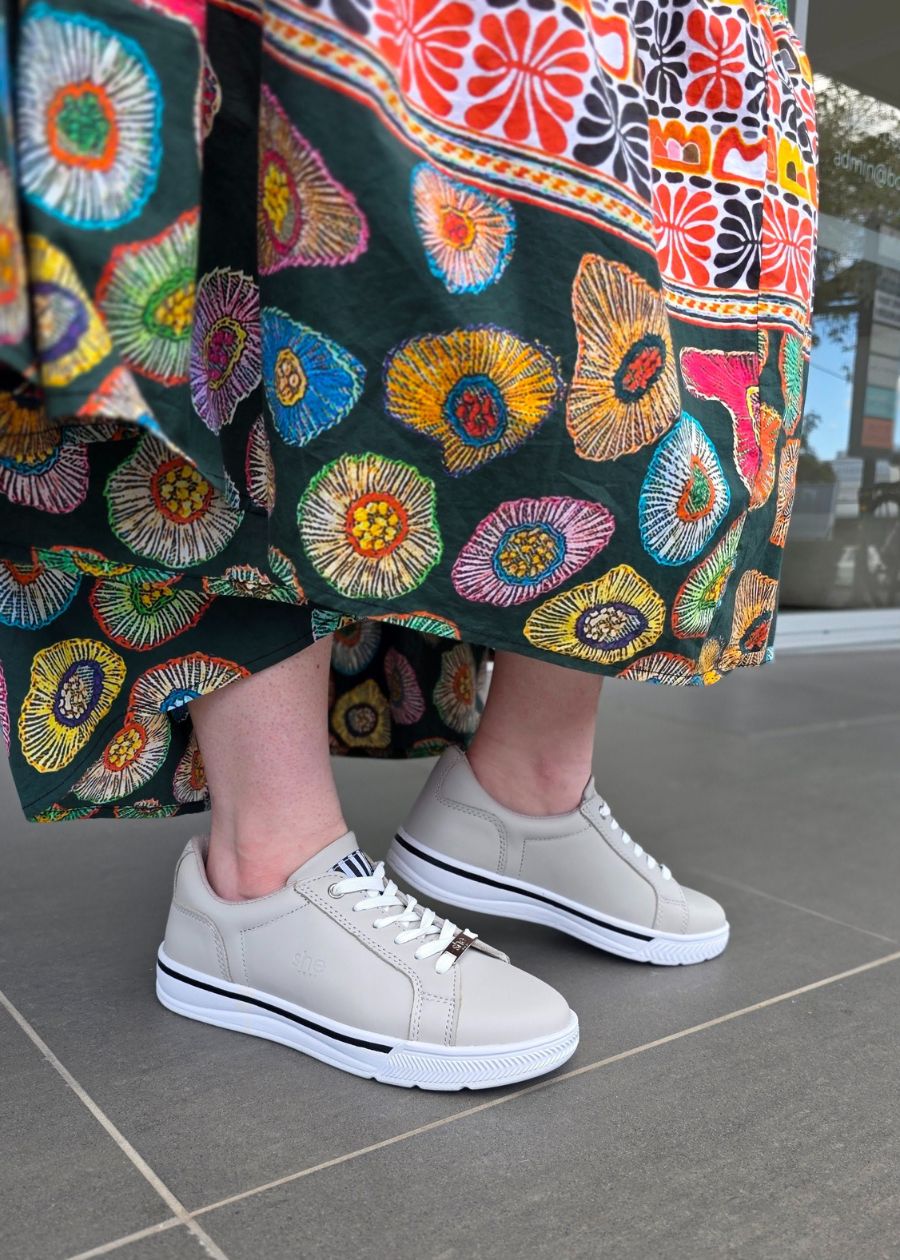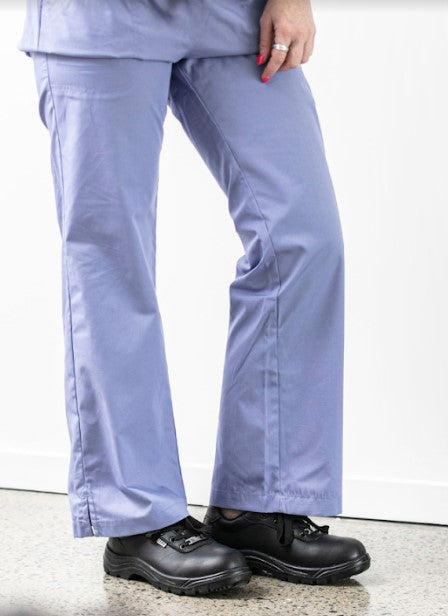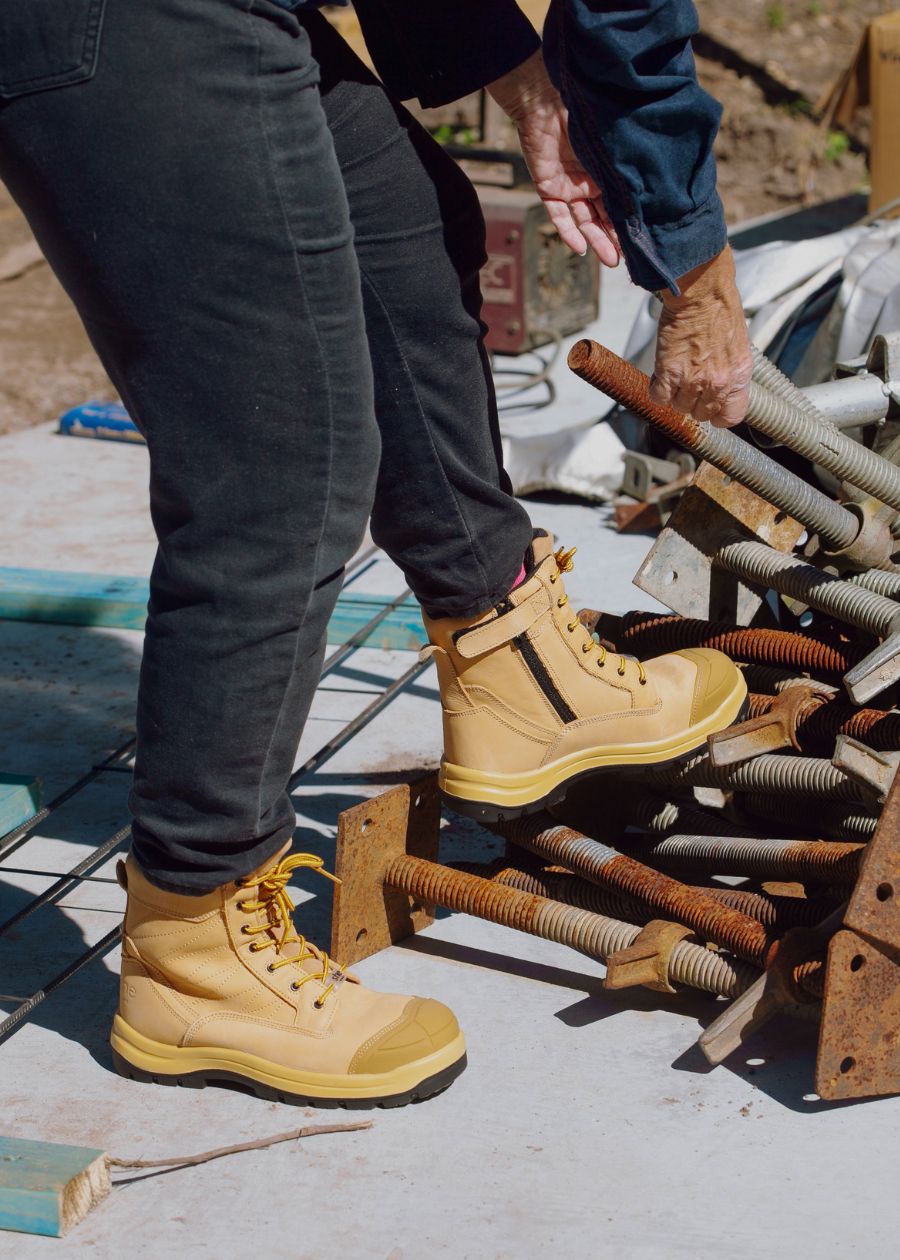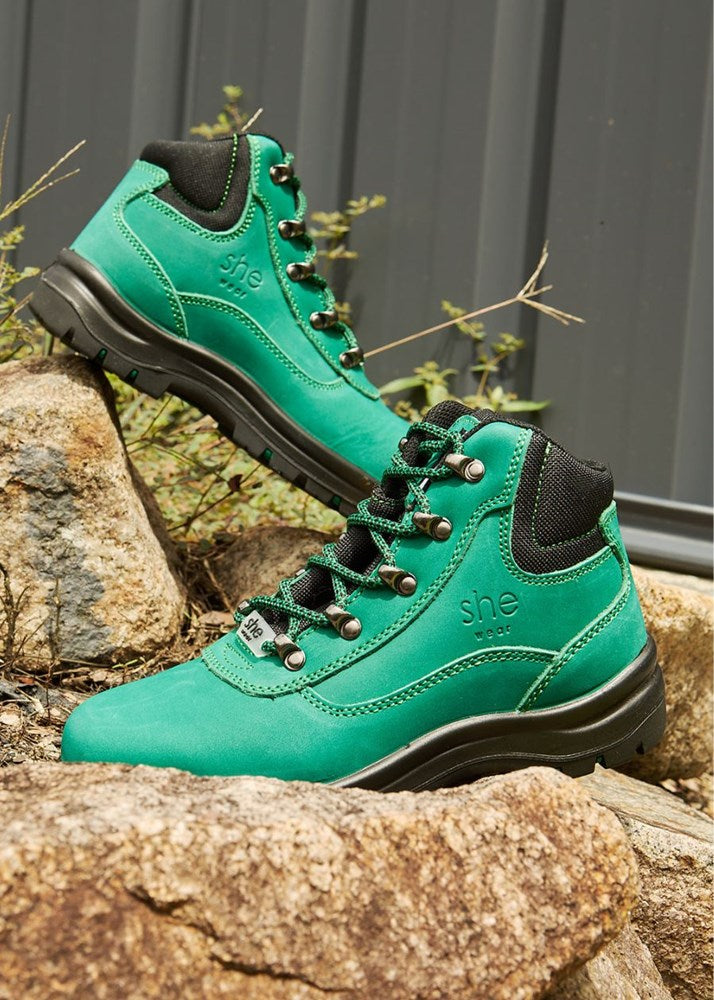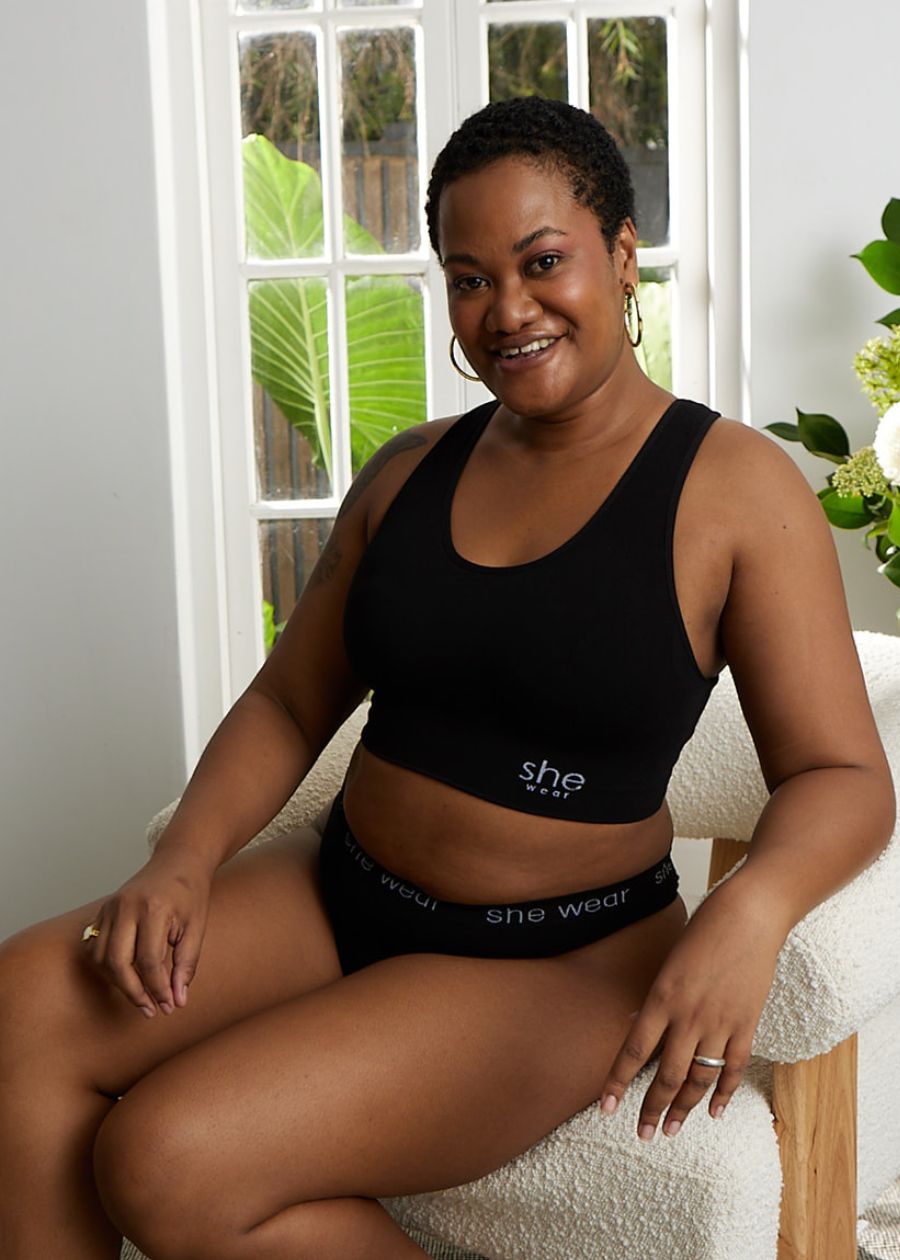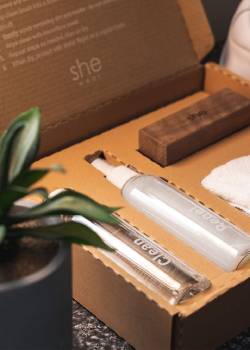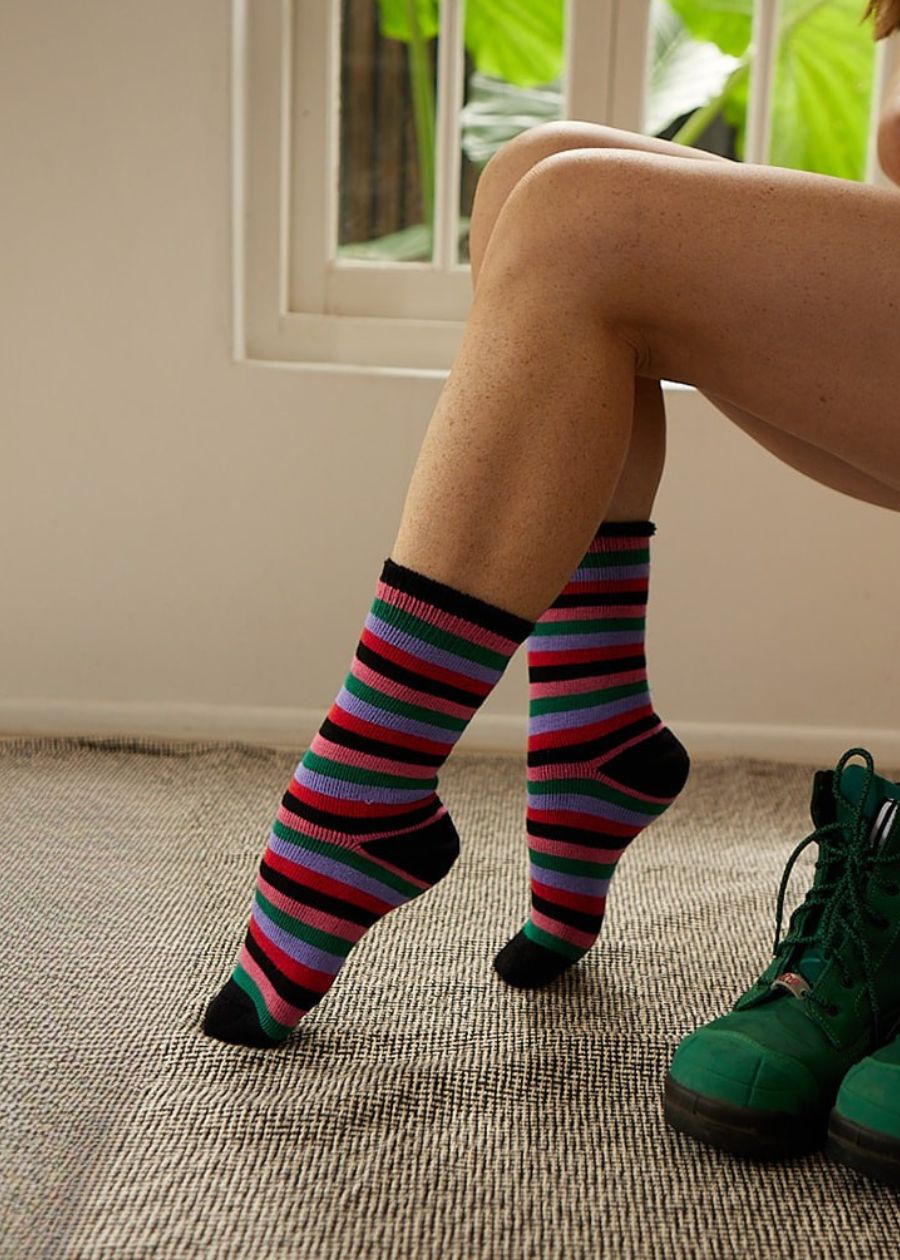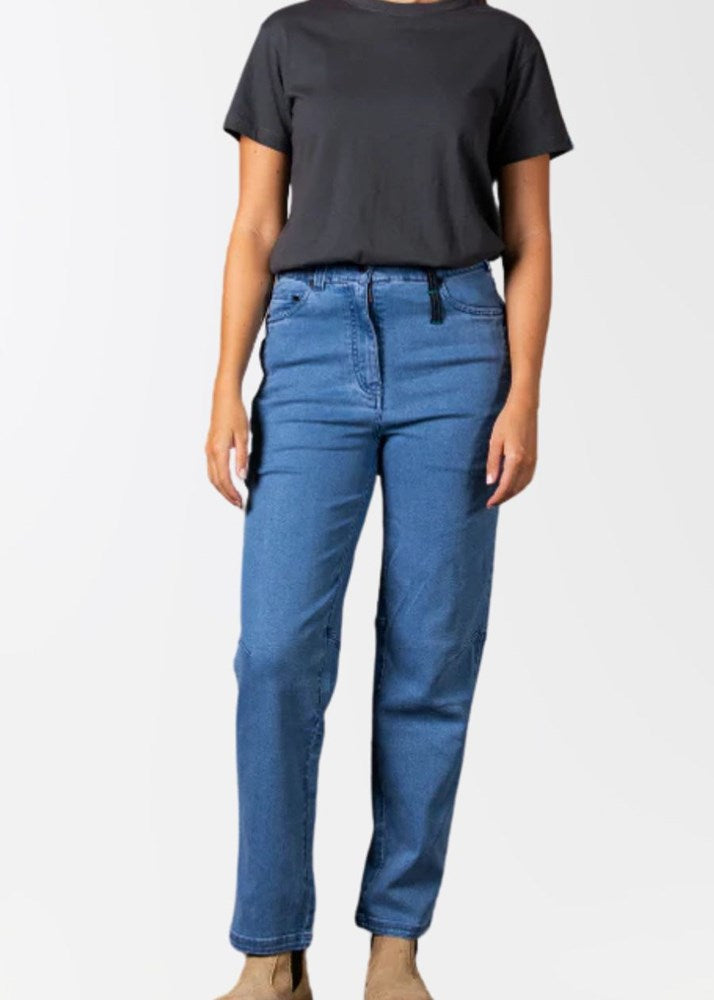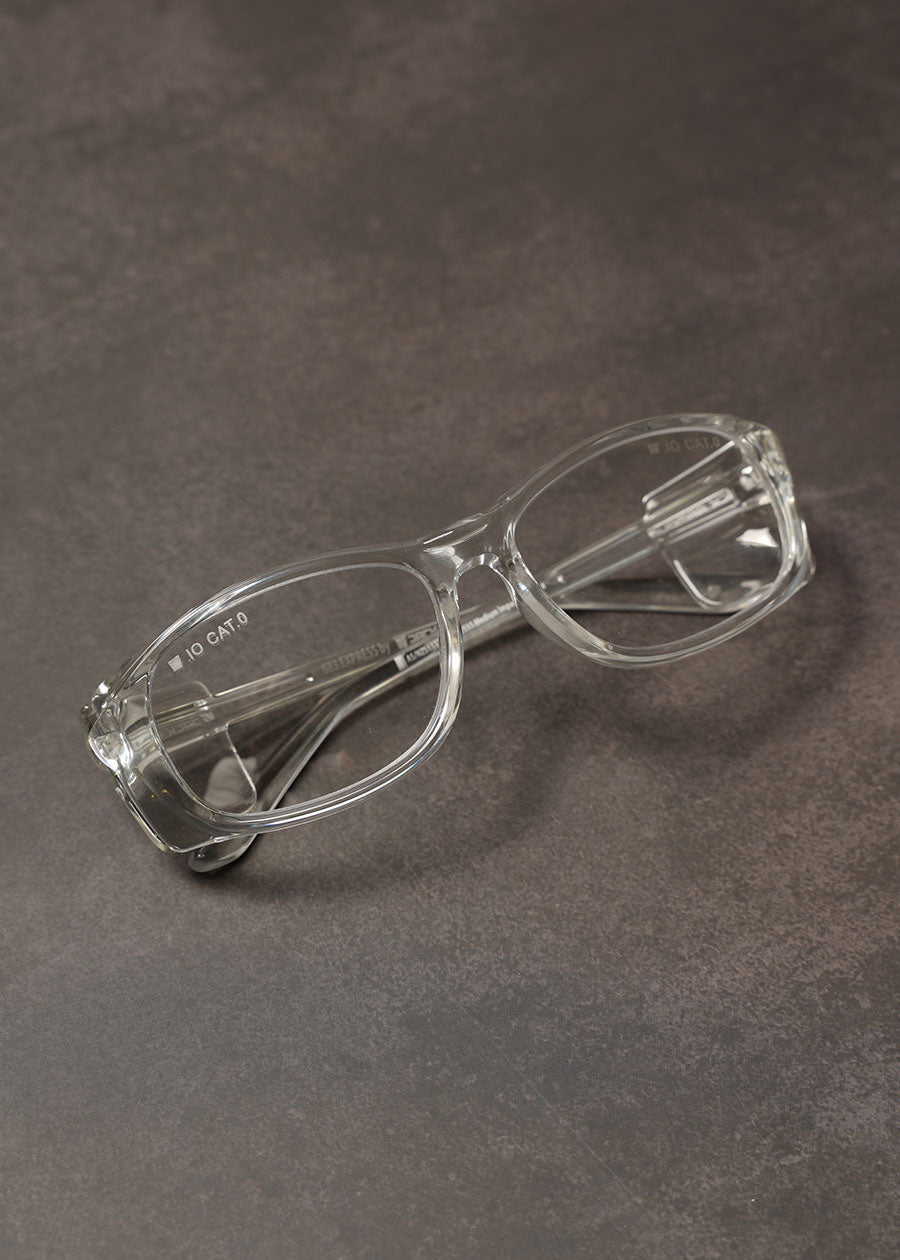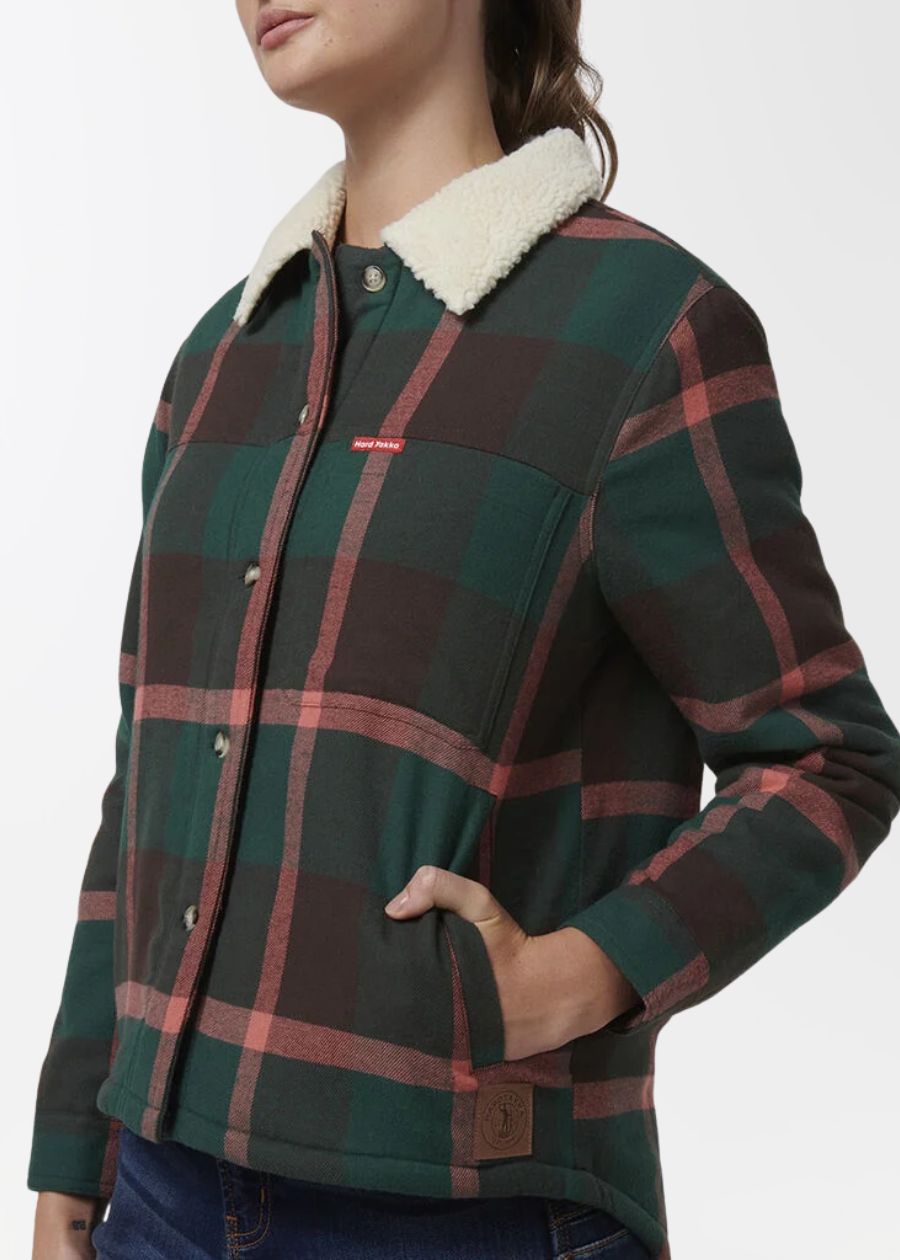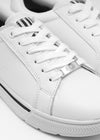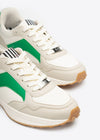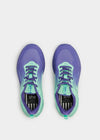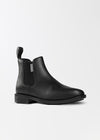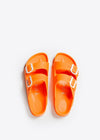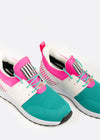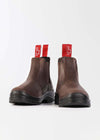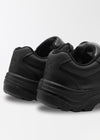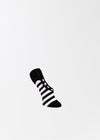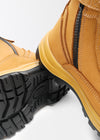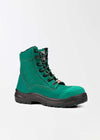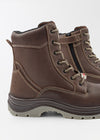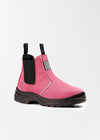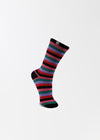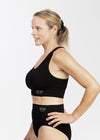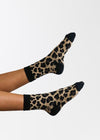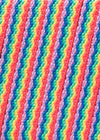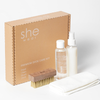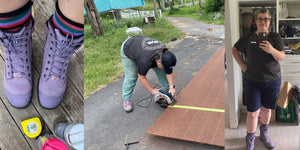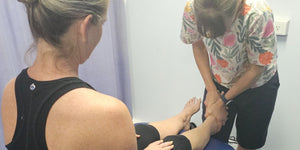Shoe school : Comfort hacks from the experts
Learn how to make great shoes feel even better!
Most of our customers find their she wear shoes comfy straight out of the box .. but just like a good pair of jeans, sometimes shoes need a little time to soften and mould to your feet.
Our footwear is designed with structure, support and premium materials (read: not floppy fast fashion), so a little patience pays off. This page is your go-to guide for breaking in your shoes the right way .. with expert hacks to help you settle in and stay comfy for the long haul.
SHOE SCHOOL STEP 1
The wear in is worth it!
Even the comfiest shoes need a little settling in time .. especially when they’re built to last. Our she wear footwear is crafted with premium materials and thoughtful design features that support your entire body. That means they might feel firmer or more structured than what you're used to, but trust us, your feet (and joints) will thank you.
Here’s why it’s important to ease in gradually:
Wearing in your shoes gradually allows the materials to mould to your feet and helps your body adapt to better support. It’s also the key to extending the life of your shoes.
So before you take them out for a full day on your feet, spend a little time getting acquainted. We promise .. the comfort payoff is worth it. Welcome to the world of she wear - the world of happy feet ♥
shoe school STEP 2
Trouble spots? Let's fix that.
Once you start wearing your shoes, you might notice a few spots that rub or just don’t feel quite right. Don’t stress .. that’s totally normal during the wear-in phase.
There’s a common misconception that quality shoes should feel perfect straight out of the box .. but real support takes a little settling in.
Scroll below and click on whatever’s bothering you to find a quick fix or comfy tweak!
LACING SCHOOL
Lacing techniques

Lock lacing = heel hold hero!
If you have narrow heels or ankles, your heel is slipping or your shoes feel a bit loose around the ankle, lock lacing is your new bestie!
This clever lacing trick creates extra tension at the top of your shoe without over-tightening the whole foot. It helps lock your heel in place, gives you better stability and can prevent blisters caused by rubbing.
A total game-changer for narrow feet or breaking in new shoes!
You can watch our instructions on this Instagram post or YouTube.

Laced for space
If you’ve got a wider foot or a higher arch, skipping the middle criss-cross of your laces can ease the pressure over the top of your foot.
Simply lace up as normal, but leave out the eyelets across the highest part of your foot. This gives a little extra room and lets your foot sit more naturally without cutting off circulation or causing that tight, tingly feeling. It's a small tweak that makes a big difference!
Watch our tutorial on Instagram here.

Parallel lacing method
Give the parallel lacing method a go if you have wide or swollen feet or if your kicks are feeling just a little too firm across the top of the foot.
This lacing method helps create extra space in your shoe therefore reducing pressure on the top of your foot and giving your tootsies some extra breathing room!
ou’ll find a better fit - your shoes will hug your feet just right without the pinch points. And this individualises the fit to your foot type - such an easy trick which can make a big difference to comfort and correct support!
Watch our Instagram tutorial here.
NEXT LEVEL COMFORT TOOLS

